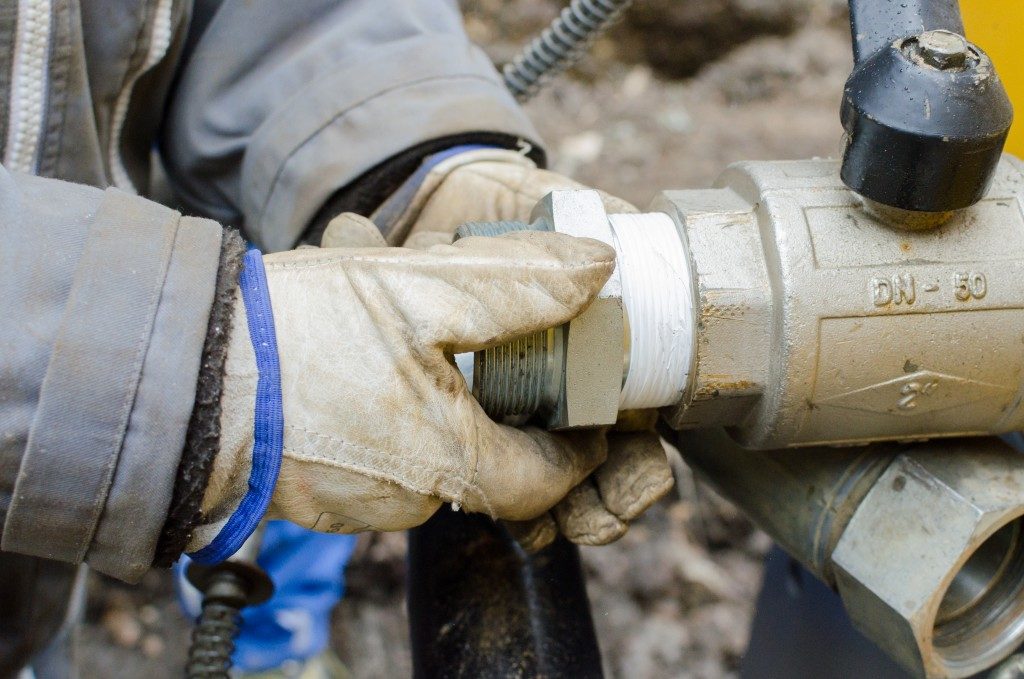Moisture detection is a crucial step in water damage restoration. The goal is to find and access the overly wet spots of a structure so that measurement and documentation of the drying process can be effective.
Apart from establishing the source, BC experts in water damage restoration services suggest determining the severity of the damage. This is crucial because any moisture left within the structure has the potential to promote insulation degradation, mold growth, and structural failure. To prevent such scenarios, professionals use various state-of-the-art technologies to test the humidity and moisture conditions of a building.
1. Thermo Imaging
This technology is sometimes referred to as an infrared camera. As prices continue to drop for this technology continue and given its advantages, you are bound to see more restoration professionals using it.
Infrared radiation is close to visible light in terms of energy wavelength. While the technology does not detect moisture directly, it is capable of telling the thermal difference in spots with evaporative cooling. As this method is accurate and fast, it has become a preferred solution for many in the water-damage restoration fraternity.
2. Acoustic Method
Based on the principle of noise, this method is applicable virtually everywhere. The best machines can measure water leak to three meters’ depth on surfaces, such as concrete, tarmac, and wood. It is finding wide application in internal mains feeds, network pipes, and other pressurized systems.
3. Leak Noise Correlation
Better known as correlation, this method uses a mathematical determination to pinpoint the location of a leak. Two sensors are placed at different points of a pipe and leak sound is released to travel along this length.
Using a mathematical formula via software, the technician is able to locate the leak. Three parameters are used in this calculation: distance between sensors, pipe material, and pipe diameter. Strong leak detectors are even capable of identifying several leaks at one time. However, it is always advisable to verify the leaks using a ground microphone.
4. Endoscopy
 Endoscopy is mainly used where water pipes are hidden. It produces images that can be consequently produced to provide evidence. Specifically, it involves endoscopic cameras with inbuilt light for seeing the hidden spaces. With this technology, you do not need to disturb home occupants to identify a water leak.
Endoscopy is mainly used where water pipes are hidden. It produces images that can be consequently produced to provide evidence. Specifically, it involves endoscopic cameras with inbuilt light for seeing the hidden spaces. With this technology, you do not need to disturb home occupants to identify a water leak.
Borescopes are non-invasive, meaning that damage to the building fabric is not necessary. The most attractive feature of the device is the provision of live visual representation to the technicians. Owing to this, repair costs can be reduced significantly.
5. Tracer Gas
This method comes in handy when the potential leak is in a location that is difficult to reach or access, like long pipeline sections. It involves the pressurization of specialist gas through pipes and detection of the same above ground in case it escapes. Some of the areas where you could apply this technology are distribution pipes, waste pipes, and internal mains feed.
If you are looking to keep water damage costs at a minimum, you want to try effective leak investigation methods. Remember that not all companies in British Columbia have the equipment and expertise to handle water damage effectively. Insist on a company that focuses on minimal disruption, the latest methods, accuracy and prompt support.

